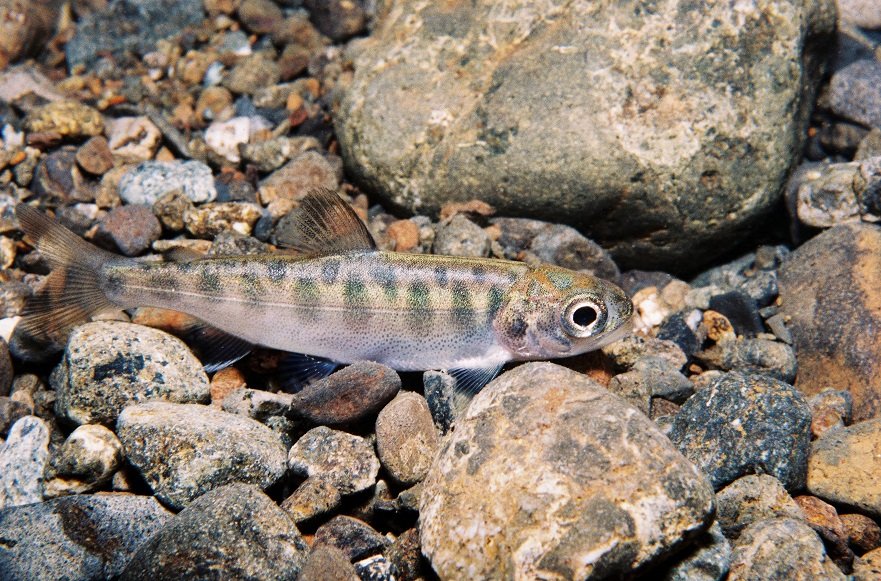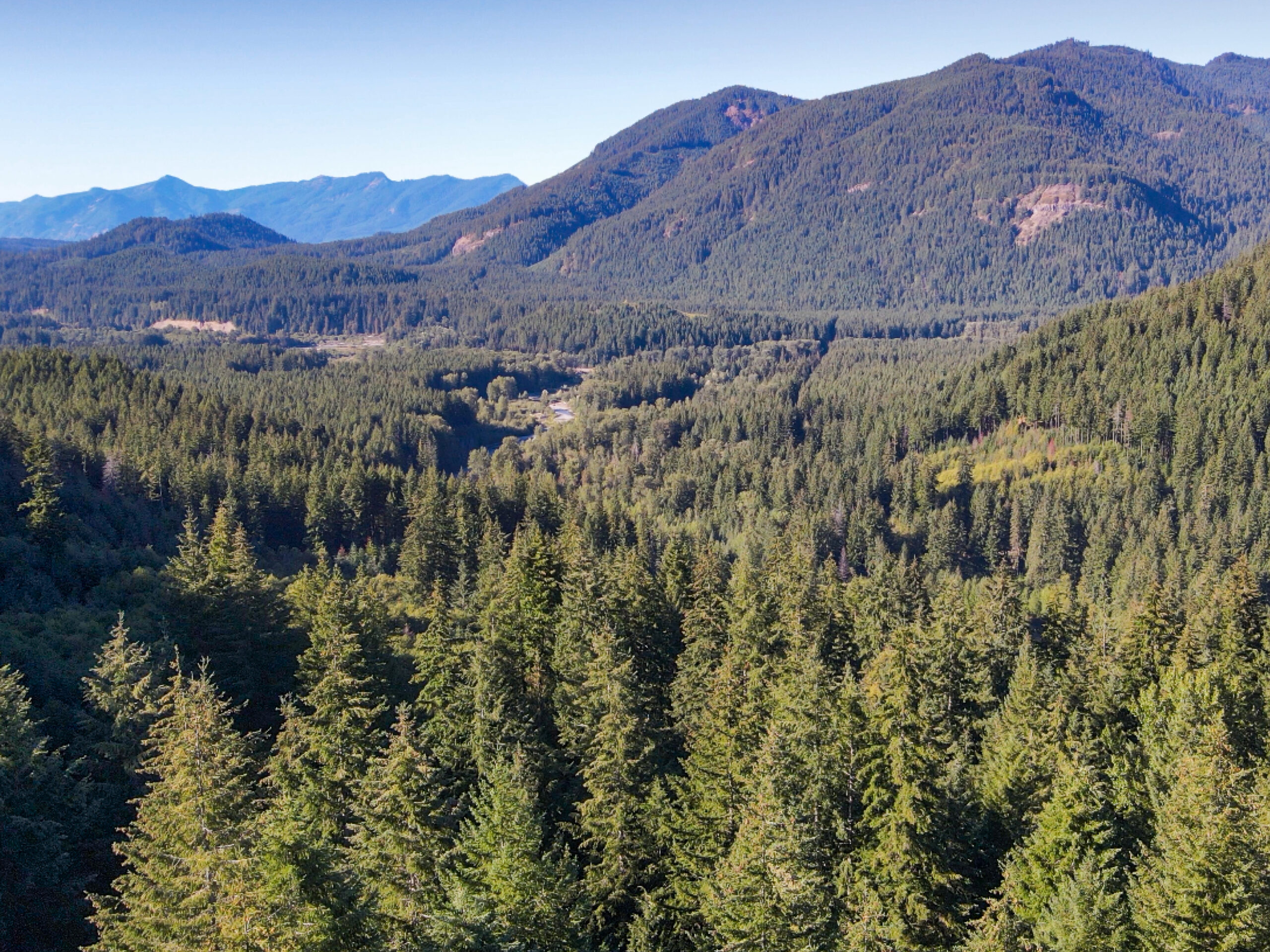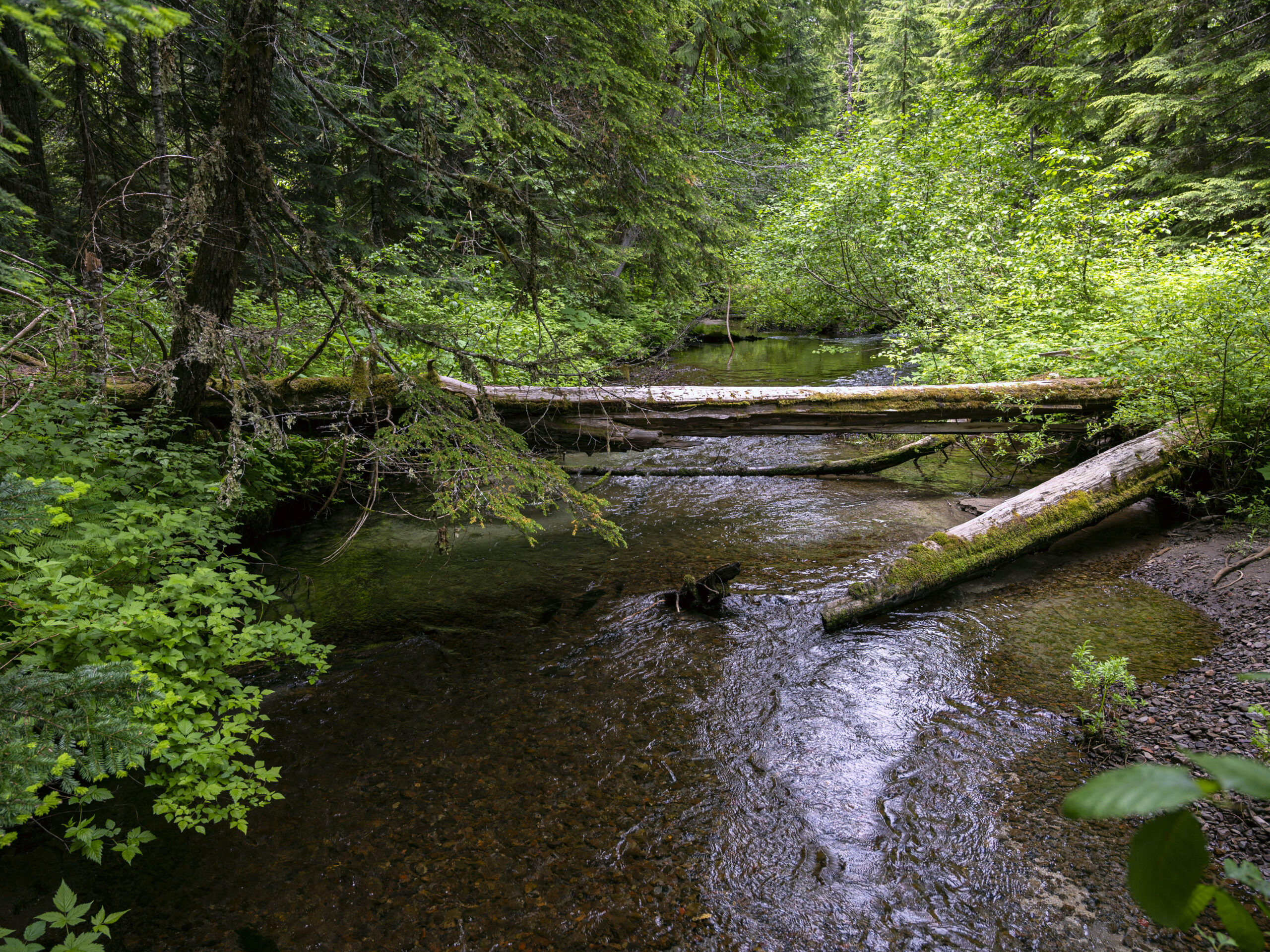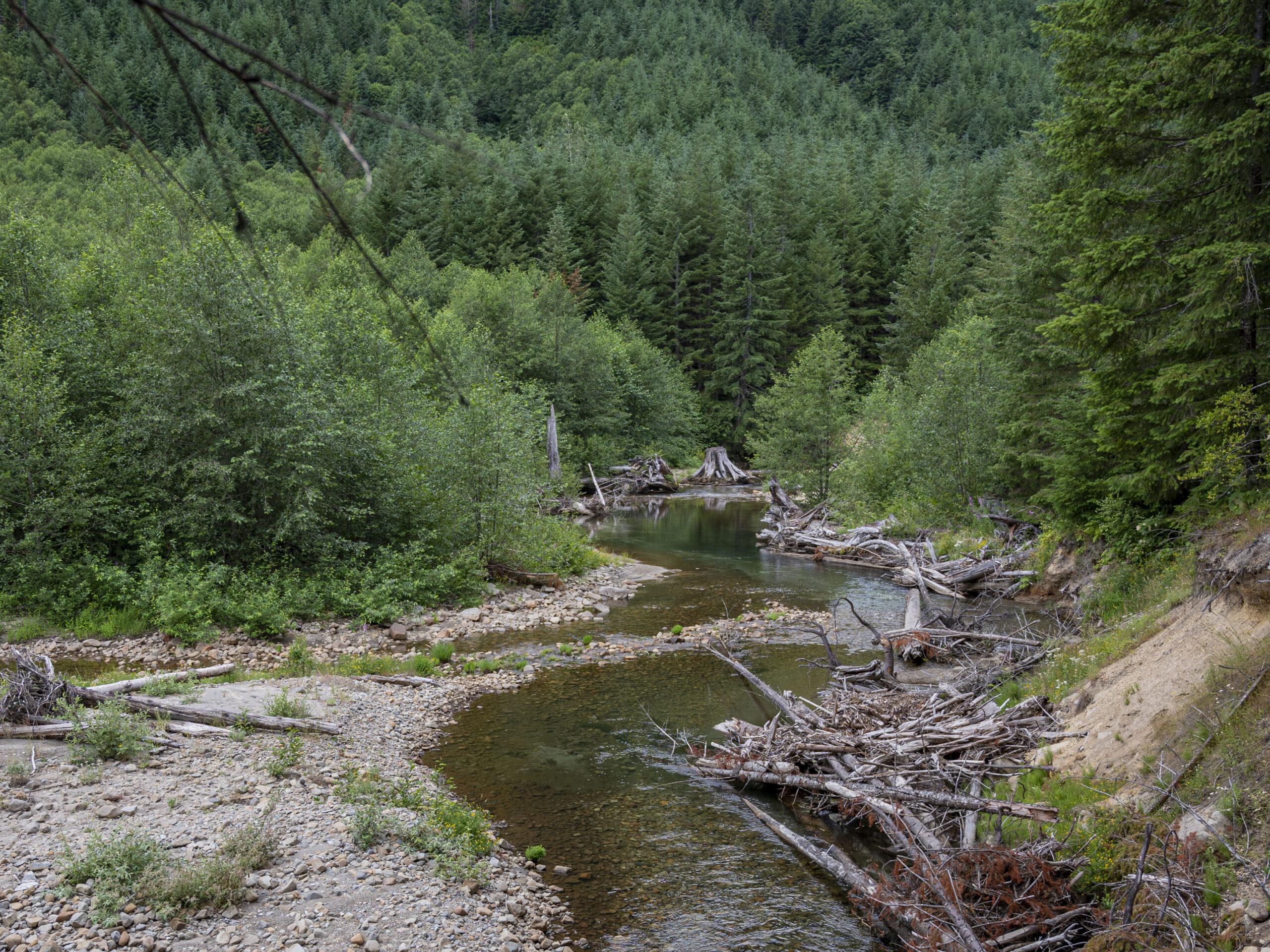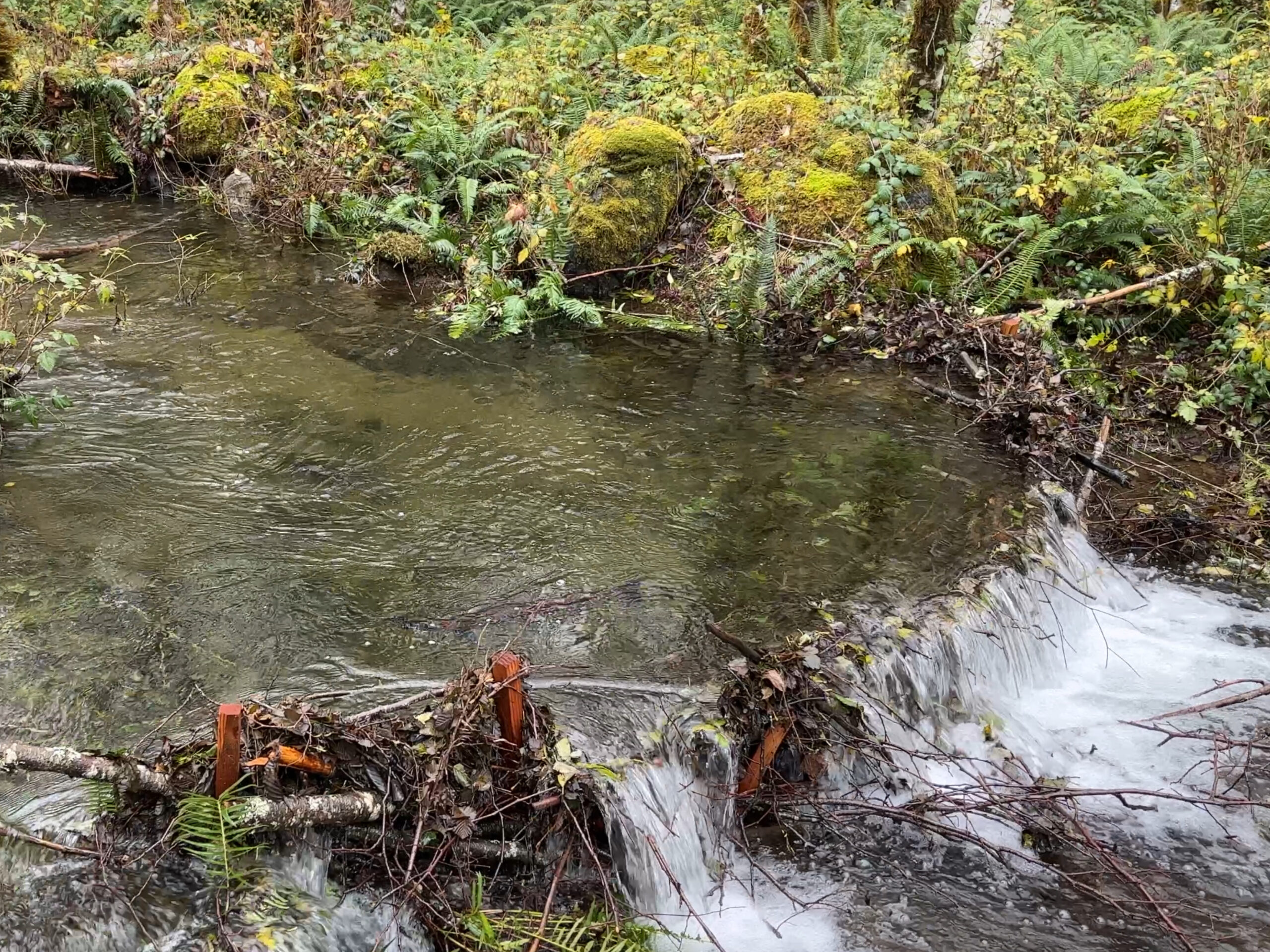[vc_row row_type=”row” use_row_as_full_screen_section=”no” type=”full_width” angled_section=”no” text_align=”left” background_image_as_pattern=”without_pattern” css_animation=””][vc_column width=”1/12″][/vc_column][vc_column width=”5/6″][vc_empty_space height=”50″][vc_column_text]
The Good, the Bad and the Ugly
[/vc_column_text][vc_empty_space height=”20″][vc_column_text]
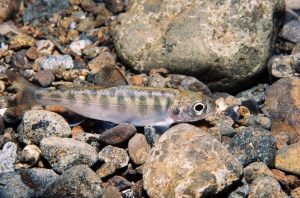 As is the case with any modeling process, climate projections can vary. There are, however, many areas of agreement among the various climate models and these projections offer a warning for those of us hoping to protect our natural resources. The projections also highlight opportunities to protect habitat and wildlife. Some aspects of our local ecosystem will likely not fare well under changing conditions, yet others are expected to do fine. For many species and habitat types, there are conservation and restoration steps that we can take to mitigate harm and help them persist.
As is the case with any modeling process, climate projections can vary. There are, however, many areas of agreement among the various climate models and these projections offer a warning for those of us hoping to protect our natural resources. The projections also highlight opportunities to protect habitat and wildlife. Some aspects of our local ecosystem will likely not fare well under changing conditions, yet others are expected to do fine. For many species and habitat types, there are conservation and restoration steps that we can take to mitigate harm and help them persist.
Throughout the pages of our Wildlife and Climate Resilience Guidebook, we highlight opportunities for organizations, managers, and the public to do their part to protect species and their habitats. Our first step in this process, though, was identifying what changes we can expect to see in the southern Washington Cascades. In this article, our second in the climate resilience blog series, we outline these findings.
[/vc_column_text][vc_empty_space height=”20″][vc_column_text]
Climate Impacts
[/vc_column_text][vc_empty_space height=”20″][vc_column_text]
Climate projections for the southern Washington Cascades indicate that average temperatures will rise, summer water availability will decrease, high streamflow events during winter will increase, and snow cover will decrease. These changes will impact both aquatic and terrestrial environments.
By the later decades of this century, temperatures for the Columbia River basin are expected to rise anywhere from roughly 0.5° to 8°C (1° to 15°F) above 20th century averages. Changes in temperature and weather patterns will cause habitat locations to shift, increase the forest’s susceptibility to insects and wildfire, and impact the life cycles of plants and animals, likely causing some species to die off. During recent decades, there has been an increase in the size and severity of fires and insect outbreaks 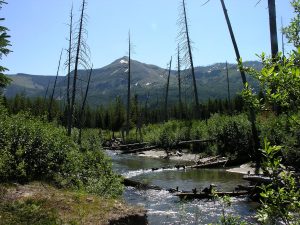 throughout the western United States; further increases, up to 2- to 4-fold, are expected in the coming century. Higher temperatures will cause streams to warm and will threaten a variety of aquatic species, especially salmon and bull trout.
throughout the western United States; further increases, up to 2- to 4-fold, are expected in the coming century. Higher temperatures will cause streams to warm and will threaten a variety of aquatic species, especially salmon and bull trout.
Changing seasonal climate patterns will have a significant effect on ecosystems. A decrease in summer streamflow and more rain falling during fall and winter will be a significant factor affecting habitat availability and the volume/flow of streams and rivers. High streamflow events, for instance, can scour streambeds and wash away fish eggs. Dry streambeds in summer can severely affect a wide array of aquatic and riparian species, from amphibians to mammals to amphibians to fish. Extreme droughts and flooding are expected to occur with greater frequency and magnitude in the coming decades. A reduction in snow pack will affect stream temperatures. In addition, peak runoff from snowmelt is expected to occur 3-4 weeks earlier than current averages, thereby disrupting relationships between a species’ life cycle and that of the hydrologic cycle. With more winter precipitation falling as rain instead of snow, terrestrial habitats near tree line will move upward in elevation, if they can. This shift is also expected to result in a longer growing period in higher elevations.
[/vc_column_text][vc_empty_space height=”20″][vc_column_text]
Resilient Communities
[/vc_column_text][vc_empty_space height=”20″][vc_column_text]
In addition to the ecological impacts, climate change is expected to negatively affect local communities and infrastructure. Wildfires can reduce air quality or burn structures at the forest-residential interface, loss of snow can impact recreation tourism, drier summers can affect agriculture, warming waters can degrade fishing opportunities, and high flow events can wash out roads, reduce water quality, or flood croplands. There are, however, ways to mitigate and decrease the likelihood of some of these costly events. Many of these are outlined in our Wildlife and Climate Resilience Guidebook. And through these mitigation efforts, there are economic opportunities for local communities in the form of restoration work and other jobs in the forest.
Forest jobs are an integral part of the heritage of many communities that live within and around the forests of the Pacific Northwest. With the potential for significant job creation, resilience-building projects in the southern Washington Cascades should be prioritized for local community members, businesses, and contractors. Potential employment includes stewardship contracting, road maintenance and decommissioning, forest and river restoration, preparation steps for prescribed burning, and planting of diverse tree species in anticipation of climate change.
There is a lot we can do to decrease many of the negative impacts of climate change. Let’s get to work! www.cascadeforest.org/get-involved/
[/vc_column_text][/vc_column][/vc_row]



